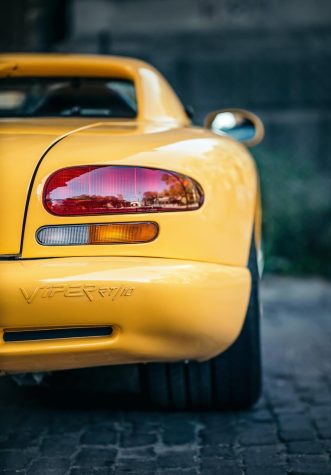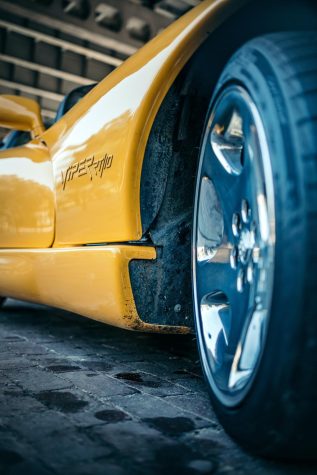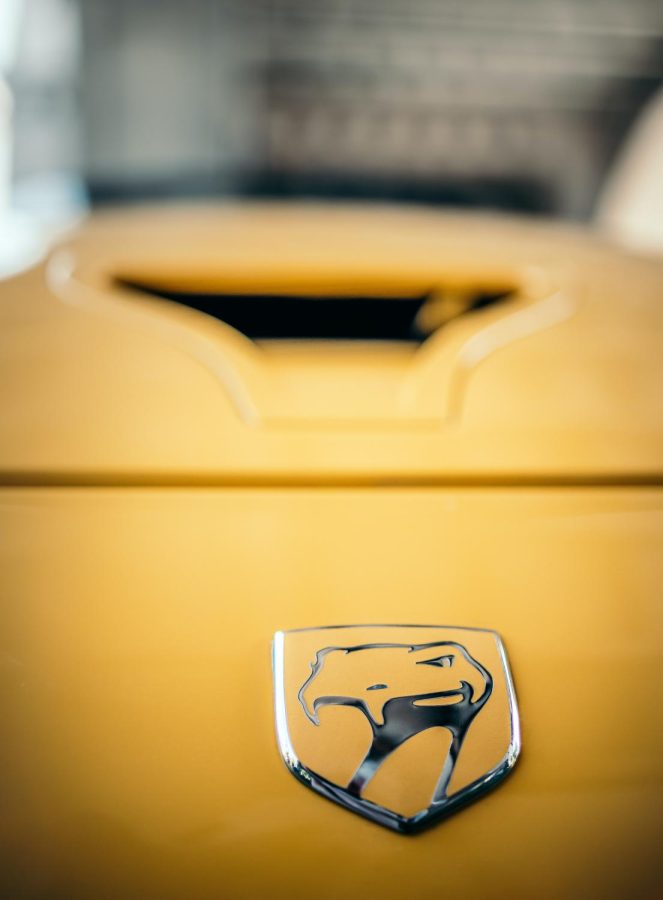History of the Dodge Viper
It’s fast, it’s red, and it’s shaped like the head of a coiled snake.
Photo by Adam Nieścioruk on Unsplash
Dodge Viper
It embarrassed exotics all over the world and built in the good ol’ U-S of A. The Viper was a one-of-a-kind supercar, but most people don’t know much about its fascinating history. Here is everything to know about the Dodge Viper:
It was 1988 and Chrysler was in some trouble. Chrysler sales were falling behind their rivals, Chevrolet and Ford. What they did to combat this is to come up with the most hardcore sports. car since the Shelby Cobra. The Vice President of Chrysler, Bob Lutz, wanted a 2 seater, big engine, manual drive sports car, and no electronic aids like traction or anti-lock brakes and no stability control. Bob met up with the head of design (Tom Gale) and let him in on his plan. There would be no focus groups, no Chrysler suits telling Gale what to do. He had free reign to bring Lutz’s idea into reality.
Luckily, Chrysler owned Lamborghini until 1994 which means that they had access to all the engineering know-how of Lamborghini. Lamborghini helped Dodge change the iron block v10 to an aluminum block v10 design to better fit the lightweight Viper. This mixture of lightweight and high power output meant that it could compete with the likes of Ferrari and Lamborghini for a fraction of the cost. As a result, the first Dodge Viper was introduced in the 1992 SEMA car show. It was an immediate hit and stood to Bob Lutz’s dream.
However, for all of its positive features, the Viper was incredibly hard to control and wasn’t afraid to bruise your ego. The Viper didn’t hesitate to hurt you physically either, for the side exhaust located right underneath the door frame led to many burns on people’s legs. Worst of all, it soon developed a reputation of being a fast death machine because this car had a ton of power but no stability aids. As a result, it killed lots of people and owners seemingly had a big desire to wrap it around street poles.

In 1999 the Viper got an extra delivery package called the Viper ACR (American Club Racer). The ACR package was meant for the racetrack so it came with a set of bbs wheels, Koni shocks tuned for the tracks, and a five-point racing harness. The ACR ripped with a 0-60 in 4 and a half seconds and a top speed of 180mph, but the ACR wasn’t the only raced tuned Viper package you could get – there was the Viper GTS-R that debuted in 1999 and was an immediate success on the track. Teaming with the race team Oreca, the GTS-R won 16 of the 18 races it entered.
In the coming years, the Viper went through a series of facelifts. In 2003 the body got wider and the headlights got a bit angrier, but just because it was bigger doesn’t mean it was slower: the Viper lost 100 pounds and gained 50 horsepower making 500 horsepower to the crank. The Viper was available until 2007 where it disappeared from the show room. Thankfully in 2008 the Viper returned, featuring a bigger mouth and headlights and 600 horsepower. The ACR was back to but now with aerodynamic bits added onto it that produce a thousand pounds of downforce. The Viper was still the real deal.
But all good things have to end at some point, and the Viper’s return would be short-lived. When Fiat bought Chrysler in 2009, there were some rumors that the Viper would come back, but this rumor stayed a rumor because in 2009 Dodge came out and said that they would be ending the Viper’s production completely.
CEO Ralph Gills said that he wanted to “preserve the value” of the cars by not building them indefinitely, which I think is false. His decision to “preserve the value” made the MSRP of the Viper skyrocket; the Viper was created to be a low-cost high performance car, not an insanely expensive limited-edition race car.

Luckily the Viper would return in 2013 with a new platform. The so-called phase 15 Viper came with 640 horsepower and became sleeker in design. With sweeping curves and long hood, the Phase 15 Viper stood true to the first original Viper and other legends before it. In an era where throwback managed to be nothing like the original that made them great, Dodge really deserves some credit here.
With its second revival, familiar trim packages came back like the GTS, and Dodge introduced a new “time attack” edition of the car featuring track-tuned suspension, lots of carbon fiber bits, and an exclusive orange color option. Dodge also had something very special in store, the return of the ACR, which left nothing on the table.
The new ACR produced one thousand and seven hundred pounds of downforce thanks to the carbon fiber body kit. The rear wing was exactly 1776 millimeters across because America was founded in 1776. The Viper was now the 6th fastest production car ever around the Nurburgring, putting foreign supercars to shame with nothing that a manual transmission and a rear wing larger than the car itself.
It was a fitting send off for one one of the greatest American cars in recent memory. Yeah that’s right – “send off” – the Viper was killed off again. The last Viper rolled off the assembly line on August 17th, 2017 wearing the same red as the very first Viper 25 years ago.
As we say goodbye to the Viper we have to remember that not all hope is lost. The Viper was killed off twice and twice it came back. Will The Viper ever come out of hiatus hell? Well thats for Chrysler to decide, but I have high hopes it will.

Hi I’m Eric, I am one of the opinions writer. I usually write long in-depth articles on what I want to write about really. I think the picture I picked...












